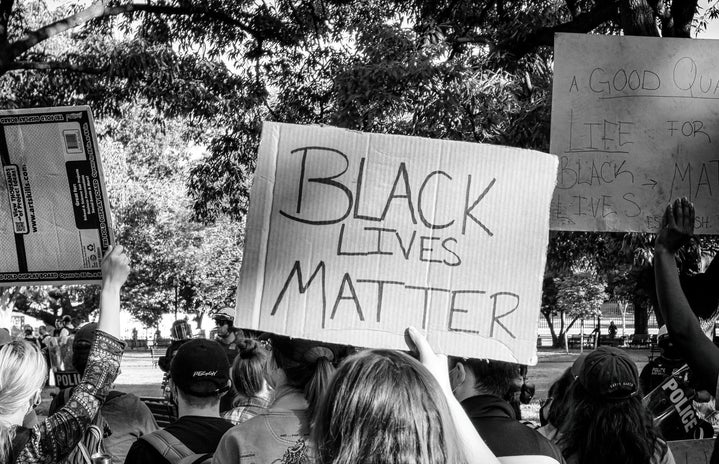Since the early 20th century, movies have been used as a medium to express human emotion, portray society, and present the experiences of individuals and populations alike.
While we may not realize it, movies serve as both a glimpse into our past and a way to conceptualize political or social messages in a way that is appealing to audience members.
Spike Lee’s cult classic Do the Right Thing (1989) centers on themes of police brutality and racism by showcasing the lives of various characters that live in a predominantly black New York City neighborhood.
Lee, rather than staying close to social and political realities, overexaggerates various racial stereotypes and presents an alternative to Hollywood’s presentation of Black Americans and communities. In many ways, Lee takes control of the narrative of how the black community is portrayed in Hollywood and media by doing so.
Taking place over the course of one long, historically hot day, tensions rise when some of the local residents demand that Sal- the white owner of a local pizzeria- add pictures of more notable black figures on his all-white hall of fame.
Despite taking place in a black neighborhood, Sal refuses to agree to representation and the feud progresses to become physical when he destroys the boom box of Radio Raheem- a resident who is shown throughout the film as playing songs by famous black artists.
This action, symbolic of black Americans being silenced by their white counterparts, is further exemplified when Radio Raheem is murdered by police when they refuse to release their chokehold on the young man.
This type of violence at the hands of law enforcement is seen today still, and is increasingly more relevant in the wake of the Black Lives Matter movement. The death of George Floyd in 2020 and the preceding similar killings of Black men at women by police further reinforce the message of the film.
Following the murder of Radio Raheem, the residents proceed to loot and destroy Sal’s Pizzeria after the protagonist- Mookie- throws a trashcan through the window. Mookie, who previously stood and worked with Sal and his sons, as the one to start the riot showcases how complacency in the face of blatant racism is unacceptable.
While Radio Raheem never lives to see a black icon on the wall of fame, Smiley- an intellectually disabled man who walks around the neighborhood selling photographs of Malcom X and Martin Luther King Jr.- places an image of the leaders on the wall as what remains of the establishment burns down around him.
Smiley smiles one more time before the credits roll and two contradicting quotes from Malcom X and Martin Luther King Jr. play on the screen. MLK, known for his opinions on peaceful protesting, is radically different from his contemporary counterpart Malcom x, who believed that violence was at times necessary in order to induce change.
Spike Lee makes the point that there is no one answer to end racism and police brutality, as neither peaceful protesting or rioting reversed the death of Radio Raheem or changed the social hierarchy of the neighborhood. Thus, leaving the solution up to the viewer to decide who they agree with.
Instead, Lee places emphasis on the reasons why racism is such a pressing issue. The murder of Radio Raheem is not an isolated incident, and countless of black Americans face the same treatment by the system that is meant to protect them from harm.
Apart from carrying a heavy and very real political message, the film also continued the conversation for why we need to reform the very systems and institutions that perpetuate the type of issues and events as seen in Do the Right Thing.
George Floyd, Eric Garner, Michael Griffith, and the countless other black individuals that died due to the same type of violence deserve justice and respect. Thirty years later, this film continues to resonate with audiences and highlights shortcomings in our society and government that have only grown in malice since the original release.
The themes presented in Do the Right Thing are reflective of issues that prevail even in the modern day, over thirty years after the original release of the film; thus, making Spike Lee’s work a timeless depiction of racial conflict and an increasingly relevant call to action to hold police accountable.



